President of Colvos Construction Devin Page examines trends in the construction industry and considers what factors are affecting the change.
By Devin Page, President of Colvos Construction
Since the turn of this economic cycle, the promise and security of commercial construction in the South Sound has been apparent in the real estate industry. It will be interesting to see how the Seattle market continues to drive Tacoma’s, but from what we’ve experienced, it’s our local job market and improvements to downtown Tacoma’s core that’s been attracting new development. Companies are locating in Tacoma to meet the demand of the tech giants up north, but prefer the rent, recruiting and community down south.
From our position as a general contractor, we’re experiencing increased demand to build multi-level self-storage, multifamily and, most excitingly for Tacoma, adaptive re-use of underutilized masonry and industrial buildings.
The Rise of Self-Storage
Self-storage directly correlates to job growth and apartment vacancies, which are historically low. The continued strength of our region’s job market has reduced area unemployment to four-percent, the lowest annual rate in 18 years. The metro’s increasing population reinforces gains in retail sales. Also, the delivery of more than 4,000 apartments creates a need for self-storage space. Where there’s people there’s storage - and as we’ve seen with apartments going vertical - it has its advantages when land space is limited.
A Migration in Housing Types
Where we’re seeing a switch in market popularity is in multi-family residential with a migration from podium multifamily to infill apartments and adaptive reuse multifamily. Larger podium multifamily projects – 150 units and up - aren’t penciling out as easily as they used to, with increased construction and land costs. Within the last 12 to 18-months, these projects have suddenly been challenged to acquire commercial lending. We predict that there will be more entitled properties coming online than in recent years, given that some undercapitalized first-time developers will be unable to find the equity needed to fund construction. This is an attractive prospect for many developers, as a fully entitled property has received all the necessary governmental and regulatory approvals for a particular use and provides a turn-key opportunity for the buyer.
Now, while large projects may be waning in this cycle, there’s still a strong market for garden-style apartments in suburban areas, like Frederickson and Port Orchard. In these areas, the rental market is seeing a demand for floorplans that can accommodate families with children, with amenities such as pools and community space, and within safe neighborhoods and high-performing school districts.
Why Adaptive Reuse?
Adaptive reuse refers to the reuse of a building or a piece of land for purposes other than what it was originally intended. Many of our clients, including local developer Horizon Partners NW and high-tech employer InfoBlox, are attracted to the historical value, architectural character, higher ceilings, and open space provided by these former manufacturing buildings and warehouses. From an owner’s position, adaptive reuse buildings also hold up well to multiple renovations after the initial renovation, with the highest costs for seismic upgrades and hazardous materials abatement most of the costs absorbed upfront. Infoblox is a good example of second or third generation Tenant Improvement.
Adaptive reuse also segues into the restaurant market, mainly from Seattle restaurateurs coming into Tacoma. These clients are attracted to Tacoma’s less expensive rents, but prefer in the core downtown areas, such as the Stadium District, near UWT, and along 6th Ave. We’ve found that they, like our commercial office clients, are drawn to older underutilized buildings, thus increasing the quantity of adaptive reuse projects. For example, recently renovated Pizza Press was converted from an unreinforced masonry building, formerly a liquor store.
In the end, it’s hard to dispute that the spill-over from Seattle’s construction boom hasn’t benefitted Pierce County and beyond from a commercial real estate and construction position, but we’re at a strong advantage with lower land prices and growing rent both for commercial spaces and residential.
By the Way…
We’re often asked, “Are construction costs going to continue to rise?” And our answer is “yes” from a labor stand-point, and “maybe” on materials. We’ve experienced that there’s limited, if not negative, exposure to youth regarding the trades, such as electrical, masonry, and framing. Therefore, we believe that unless schools promote the trades in a positive manner, that there will be less skilled labor for the construction industry and this will continue to affect labor costs. Recently, the cost increase of materials is driven by tariffs and other trade issues that are difficult to predict in an unstable political climate
But there are opportunities for construction cost savings, which start well before we break ground. By far, the top reason for stabilized construction costs during a project is an investment in preconstruction services and complete design. By spending resources on these up-front efforts, client expectations are not delineated, and those details will get budgeted into the project during the preconstruction and estimating phases. A painfully simple but all too common fact is that changes to the design during construction will increase the price of the project, much more so than if they had been flushed out in preconstruction.
The good news is, with all the development in the Downtown area, the outlook for 2019 is very promising.



